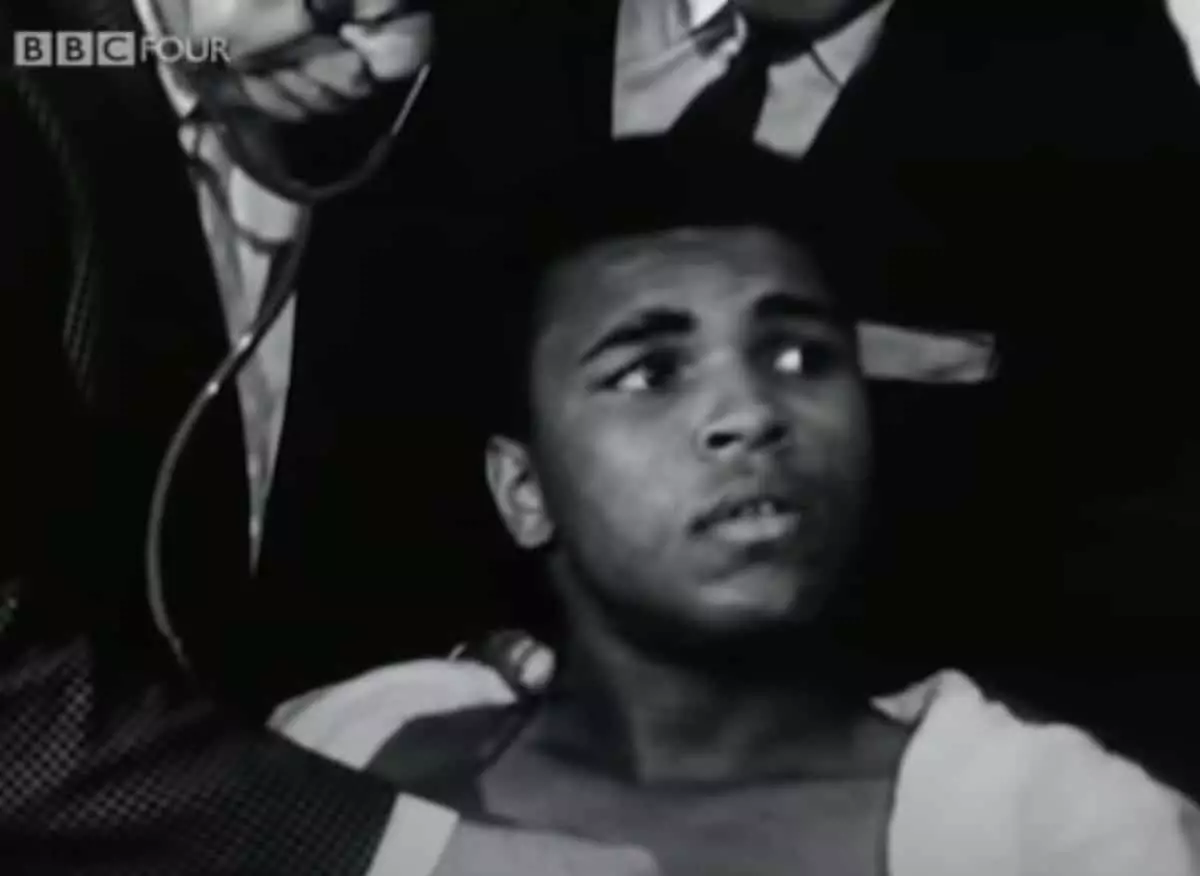Every January 17th, boxing aficionados across the globe pause to honor a legendary figure who altered the landscape of the sport: Muhammad Ali. This day serves as a reminder of the indelible mark Ali left not only within the ring but also beyond it. While Ali’s charisma, in-ring prowess, and humanitarian efforts have earned him a place as one of the greatest athletes of all time, it’s interesting to note that his birthday now coincides with another phenomenal figure in the boxing realm: Oleksandr Usyk.
With his recent victories over notable opponents like Anthony Joshua and Tyson Fury, Usyk has catapulted himself into discussions of boxing greatness. He often cites Ali as a driving force behind his career, drawing inspiration from “The Greatest” to fuel his own aspirations. As boxing fans reflect on their shared birthday, they are compelled to consider an intriguing question: What might a hypothetical match between a prime Muhammad Ali and an in-his-prime Oleksandr Usyk look like?
Both Ali and Usyk stand at a height of 6 feet 3 inches and boast the same reach of 78 inches, with their ideal fighting weights hovering around 220 pounds. This physical symmetry sparks curiosity among boxing enthusiasts and fuels debates about their potential match-up. In terms of fighting styles, both have displayed remarkable boxing intelligence and tactical acumen, showcasing a unique blend of deft movements and offensive prowess.
Imagining a bout where Ali displayed the footwork and quick hands that so epitomized his career, especially in his fight against Cleveland Williams, could tantalize any boxing fan. Meanwhile, Usyk’s elusive style and sharp punch placement were evident during his first encounter with Fury. Should these two titans collide, it would likely result in a mesmerizing showcase of technical brilliance, accentuated by both defense and offense.
In examining their paths, one striking point of divergence is Ali’s limited exposure to southpaws during his illustrious career. Having faced only two left-handed fighters, Usyk’s unorthodox stance might present not just challenges, but unique opportunities for both fighters. Would Usyk’s lateral movement and ability to control range confuse Ali? Or would Ali’s unparalleled speed and agility allow him to adapt and overcome?
Beyond their notable skills and accomplishments, both Ali and Usyk exhibit qualities that define true champions. They transcended the role of athletes; they became symbols of hope and resilience. Ali was a pioneer who fought not just for titles but for equality and social justice, while Usyk has also dedicated himself to charitable endeavors, particularly during Ukraine’s current struggles.
The respect both fighters command extends beyond their athleticism and into the realm of humanity. Usyk’s remarks about Ali reflect admiration for the complexity of his character—and Ali’s fight for rights parallels Usyk’s own commitment to uplift those around him. This shared philosophy elevates both fighters beyond titles and records, weaving their stories into a broader tapestry of inspiration.
As boxing fans celebrate Ali’s 83rd birthday, the question arises: What more could Usyk achieve before his career concludes? Usyk, now at the age of 38, has demonstrated that he possesses the ambition and hunger to expand his legacy. The prospect of Usyk exiting the sport undefeated echoes the path laid by Ali, albeit with varying circumstances. Will Usyk be able to navigate his remaining bouts toward a flawless record?
Reflecting on Usyk’s words, it becomes evident that his admiration for Ali is rooted in more than mere admiration for their shared craft. Usyk’s endeavor to honor Ali’s legacy through significant contributions beyond boxing is commendable. As both fighters remain etched in the annals of boxing history, the sport itself benefits from their extraordinary journeys.
In the end, whether through hypothetical matchups or charitable acts, Muhammad Ali and Oleksandr Usyk serve as reminders of what greatness truly entails—an amalgamation of skills, passion, character, and the drive to make a difference. Each January 17th not only commemorates a monumental figure in the sport but also emphasizes the ongoing legacy of all who follow in his footsteps, continually inspiring the next generation of athletes.


Leave a Reply